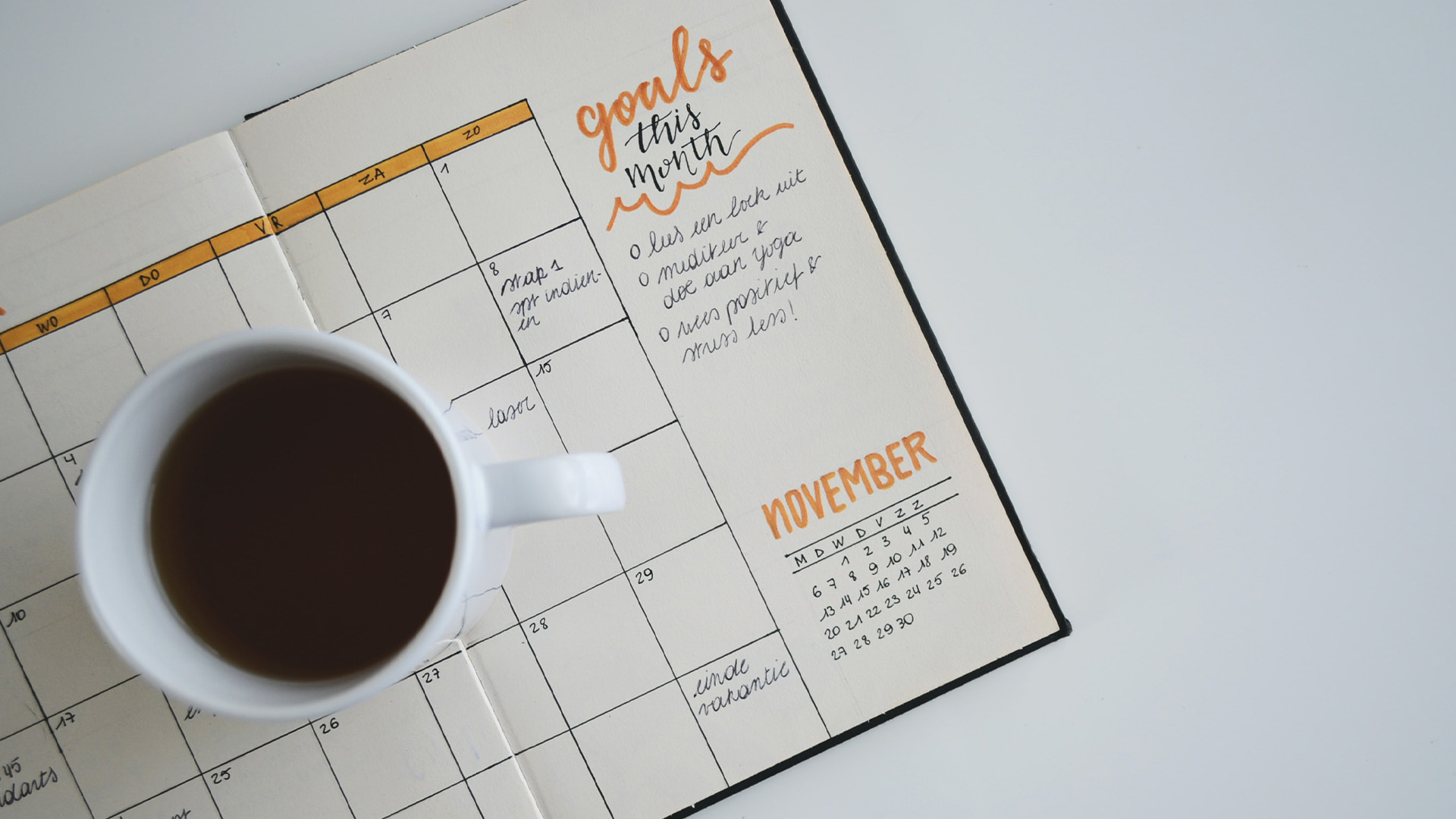Published by
Goal setting has always been problematic for me. Companies I watched either set goals with lots of fanfare, then promptly forgot about them, or they tied raises or promotions to them. Both ways encouraged employees to set super-low bars. “I will do a good job on the project I’ve been assigned.” “I will continue to breathe regularly throughout this year.” Without evidence of goals making much of a difference, I stopped worrying about them.
This happens a lot with design team members – the burst of energy and delight on starting something new can be far more attractive than the mundane work of goal setting and follow through.
It took my hobby to change my mind. I’ve been a passionate knitter since I was a kid. Maybe you’re a woodworker, a gourmet chef, or a long-distance runner — the metaphor applies just as well.
It takes a lot of time to make something well, and I found that I was saving knitting for the end of the day, after I had done all of the must-do work and chores. By then, I was too tired for the most interesting work. I rarely finished anything.
At one point, I thought “If you love this so much, what do you have to show for it? What do you really want out of this? When you look back in life, could anyone tell this was your passion?”
It inspired me to think about what I really wanted to make: Clothes that were original. Clothes that looked professional. Haute couture.
Great. I have a vision. Still not concrete though. I focused in on some specifics: I would like to be seen in what I make. When I go into the office, I want to wear what I’ve made. When I’m in a holiday photo or any event we photograph, I want to be remembered in what I made.
This thinking and envisioning created deadlines. Now I had to finish something by graduation. I started breaking that down – that’s one sweater sleeve a month, for example. That’s a quarter sleeve a week. That’s 5 rows a day. Like that. Suddenly my goal was something I could justify prioritizing. And I started finishing things.
Applying Goal Setting To Your Work Life
Since this process was working in my personal life, I decided to try applying it to my career and the teams I work with. I asked myself, “What do I want our Design Operations to be that they aren’t today? What will it take to get there as fast as possible? And how often can I make this part of day-to-day work for me and my team, as opposed to an extracurricular activity they do in their “free time.”
To get there, I’m using these ideas to guide me – I hope they help you, too.
- Set shorter timelines: Come up with a big idea to lean into, but have something to measure every quarter.
- It’s OK to change your goals: If you fail, it’s OK to regroup and try something else. If your company is not into that, well, that’s a whole other story. (Google “experiment and fail fast” for about 80,000 ideas on this.)
- Some of your goals should ladder up to the company’s business objectives, but not all of them have to: Your goal can also lead to you becoming whatever you see yourself being when you “grow up.” Do you have a vision for that? Or even someone who you admire, and whose qualities you can grow into?
- Make your goal measurable and celebrate hitting the metrics: But how do you measure the success of creative work, like a new design system? Getting the team to talk about how often it’s been used is one way. Watching for ways to iterate it is another. Even if you are collecting anecdotal evidence of value, it counts.
- If your goals are part of your daily work, you’ll get them done: For years, I’d knit in carpool, where I had to be anyway. Today, I’m about to go into a team meeting about goals, so this has been on my mind. I love a two-for-one.
- Make one of your goals a little scary: Haute couture? Who am I kidding? Titling this piece like it’s a column means I have to write at least, what, 4 more of them, right? Yikes. But the embarrassment of having set a goal I’ve failed at is better than the fear of being mediocre.
Good luck with your goals this year. Drop us a line over at [email protected] next quarter and let us know what you’re doing – and how you’ve made goal-setting easier for you and your team.




